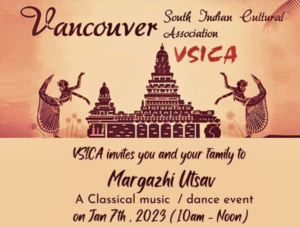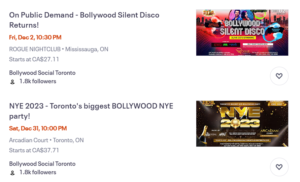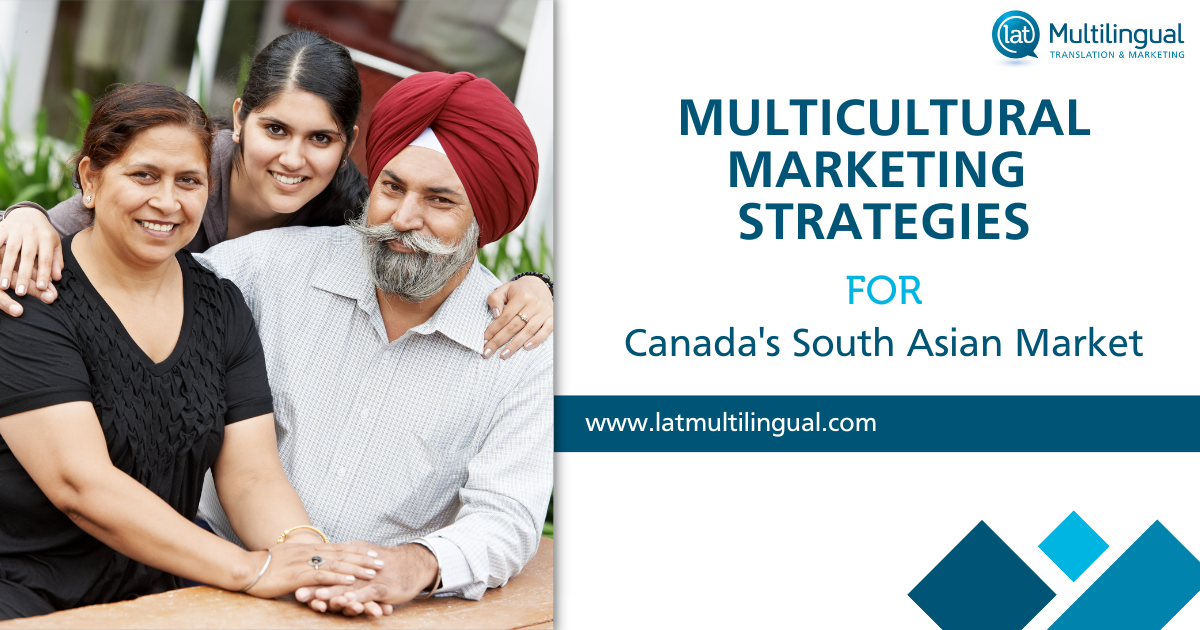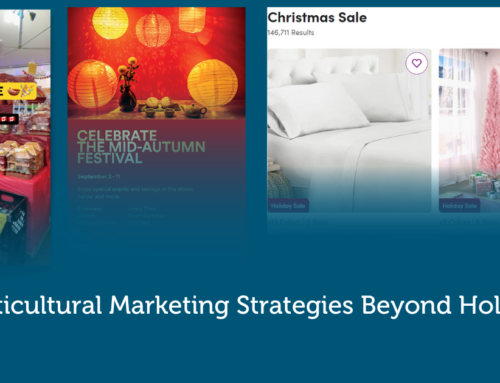Canada is the most multicultural country in the world, as a vast number of Canadians hail from different cultural origins. This mosaic of cultures makes it imperative for brands to adopt multicultural marketing.
Believe it or not…
Multicultural marketing is a key strategy for brands that want to engage with Canada’s diverse audiences.
We now see a lot more diversity portrayed in advertising. Although a step in the right direction, brands need to also have a cultural understanding of their target audience if they want to reach people effectively. Audiences need to relate to marketing messages from their own cultural perspective. Different languages, buyer behaviour, and cultures impact purchasing decisions.
Multicultural marketing is not just about featuring different skin tones. It requires a complete cultural adaptation for each demographic.
Companies that genuinely celebrate diversity should portray this value in their marketing messages to customers.
So, ask yourself this –
Are you truly understanding the culture or taking a shortcut to multicultural marketing?
This question is more important than ever as according to the 2021 census, diverse cultural groups in Canada are all experiencing growth. Check it out!
- More than 450 ethnic or cultural origins were reported in the 2021 Census.
- In 2021, South Asian (7.1%), Chinese (4.7%) and Black (4.3%) people together represented 16.1% of Canada’s total population.
- South Asian, Chinese, and Black populations are the largest groups in Ontario, while the largest groups are Black and Arab people in Quebec, Chinese and South Asians in British Columbia, and South Asians and Filipinos in the Prairies.
At LAT, we are passionate about helping brands connect with Canada’s multicultural audience. We have put together some useful tips on how your brand can engage with South Asians, one of Canada’s largest communities.
Canadians of South Asian descent are very diverse regarding their cultural origins, mother tongue and religion. Most of the people were born in India, followed by Pakistan, Sri Lanka, and Bangladesh. And some of these countries themselves are diverse! Let’s go a little deeper.
South Asian Multicultural Marketing in Canada
According to the 2021 census, South Asians speak English (36.4%), Punjabi (29.4%), Urdu (11.3%), Hindi (8.2%), Tamil (7.1%) and Gujarati (6.4%).
People from India stem from various communities. For example, North Indians have different customs and languages from South Indians. The Hindu religion has its own traditions that are different from Christian, Jain, Jewish, and Sikh communities in the country. But when these groups find themselves here in Canada, the community often comes together and develops its own support groups and identity in contrast with other Canadians.
One of Canada’s most widely used languages is Punjabi followed by Hindi and Tamil. Here’s an example of an advertisement catering to the Punjabi community:
If you’re thinking, “I need to generate revenues in 2023”, here’s a target audience with strong purchasing power that can help you achieve your goals. How? With a genuine, well-planned and professionally-executed multicultural marketing strategy!
South Asian Multicultural Festivals in Canada
For companies and organizations willing to engage with Canada’s cultural communities, festivals can be a good opportunity. For example, during Holi and Vaisakhi in the spring, South Asians are a great consumer segment.
Check out how Telus featured their special rate plan during Vaisakhi:
Word of mouth goes a long way with Canada’s multicultural communities. Many South Asians love to try recommendations from friends and they in turn will offer good advice for products and services. While festivals are a good opportunity to introduce your brand, make sure you are consistent in pursuing this market segment with a long-term strategy.
A festival-themed campaign does not constitute a comprehensive multicultural marketing strategy. Make sure your marketing plan covers the entire year.
Also read: From Delhi to Toronto – Diwali Celebrations around the World
Multicultural Marketing to Indo-Canadian Youth
With several cultural and linguistic differences, younger generations tend to combine Western and Eastern values. They relate to their cultural background but maintain the balance by fusing North American culture with their Indian heritage. Bhangra incorporated with hip-hop music is a good example of this.
This consumer segment enjoys Western clothing stores and listens to both North American musicians like Drake and Indian artists like Diljit Dosanjh all the while subscribing to the YouTube channels of well-known Indian celebrities, as well as that of Canadian YouTuber Lily Singh.
Why Adopt a Focused Multicultural Marketing Strategy for Indo-Canadians?
-
Long-term Revenue Goal
- As mentioned above, festivals are important occasions for Indo-Canadians, especially Diwali, which is the best festival for brands to capture the commercial and spiritual values of the community. It is also the largest shopping event after Black Friday and Christmas for Indo-Canadians.
Takeaway: From jewellery to clothing, automobiles and food, Diwali is the best time to attract Indo-Canadians. During Diwali, buying jewellery, new clothes, sweets, and larger investments such as buying a house or a car is auspicious for Indian families.
Here’s how Toyota Corolla engaged with the Indian community by releasing a commercial in the Hindi language, asking viewers to participate in a contest:
2. Purchasing Power
- The Canadian government invites more people for permanent residency and student applications from India. Those newcomers come with strong purchasing power.
- South Asians prioritize spending on the essentials: groceries, clothing, housing, and automobiles, but also allocate substantial budgets on large family events such as wedding celebrations and associated gifts.
- Indo-Canadians settled in Canada are far more inclined to own a home than some other communities in Canada. Homeownership constitutes an important cultural value.
3. Prestige and Status
- For many South Asians, being successful is synonymous with being wealthy. They often do not mind spending more on products that enhance their status and image.
4. Brand Loyalty
- South Asians often have a stronger relationship with the brands they like than the general Canadian population. They like to buy based on quality rather than price and consider themselves to be brand-loyal customers.
South Asian Multicultural Events in Canada
According to Statistics Canada, over half (60.3%) of South Asian Canadians live in two metropolitan areas as of 2021; Greater Toronto and Metro Vancouver. There are many cultural events to celebrate as a community!
South Asian multicultural events are an important marketing opportunity for businesses looking to reach this influential demographic. However, not all multicultural events would work for your brand since some focus on food while others focus on fashion or music.
It is therefore important for your organization to get creative when planning a multicultural marketing strategy to make sure it appeals to all cultural segments within the South Asian community.
Check out some of these South Asian events to get inspired for your multicultural marketing strategy!


Focus on Multicultural Marketing Opportunities in Canada
At LAT, we have helped brands resonate with their target audience through culturally-sensitive marketing strategies that involve translation, adaptation, localization, and interpretation – all done while taking utmost care of the sensibilities and values of the consumers.
We go beyond translating a website – we help our clients make an impression on the most diverse consumer group.
Take a look at how we helped BC 1 Call educate homeowners about personal injury and property damage in Mandarin and Punjabi.
When planning a multicultural marketing strategy for Indo-Canadians, brands and marketers should pay attention to cultural elements. Here are a few terms that may need to be better understood:
When planning a multicultural marketing strategy for Indo-Canadians, brands and marketers should pay attention to cultural elements. Here are a few terms that may need to be better understood:
- Hindi is a language, and Hindus are the people following the Hinduism religion.
- Diwali is an important festival celebrated by Hindus, Sikhs, and Jains.
- Punjab is a state in India and Punjabi is the language and the people of the state.
- Some followers of Sikhism wear turbans.
- Urdu is the national language of Pakistan and Hindi is the official language of India.
Need a Multicultural Marketing Strategy to Reach South Asian Consumers?
If you want to learn more, please reach out. We’d love to help you develop multicultural marketing strategies for your organization or your brand.



![Connect with South Asian Canadians With These English [And Hindi!] Diwali Wishes](https://www.latmultilingual.com/wp-content/uploads/2023/11/Diwali-500x383.png)









